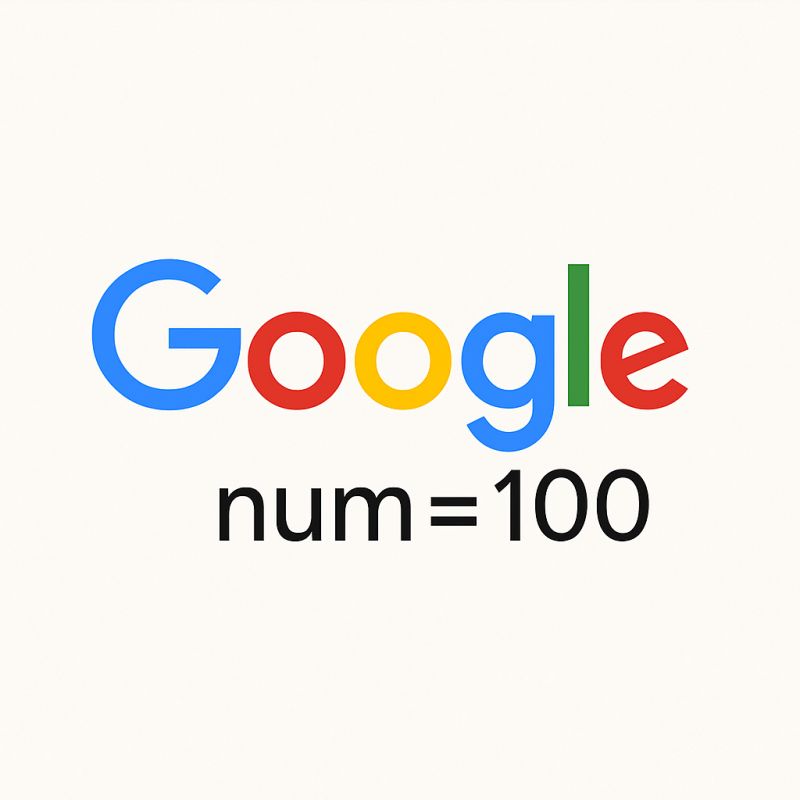If you’ve noticed sudden drops or missing data in keyword ranking reports lately, you’re not alone. Google has quietly made a technical change that’s impacting how SEO professionals and digital marketers track rankings, specifically, it’s no longer possible to see results beyond the first page of Google search.

What Happened
For years, SEO tools relied on a Google URL parameter called “&num=100”, which allowed them to request up to 100 search results on a single page. This made it possible for rank-tracking tools to analyse and record positions from 1 through 100.
In September 2025, Google removed support for this parameter. Now, search results are capped at the standard 10 results per page. In other words, if a keyword ranks outside the top 10, tools that relied on this method can no longer detect its exact position.
The Impact on SEO Reporting
This change has led to a wave of confusion across the SEO industry. Many marketers have noticed what looks like a dramatic ranking drop in their reports — keywords that were previously tracking in positions 20, 50, or 90 now appear as “unranked” or missing altogether.
However, it’s important to understand that these rankings haven’t actually vanished. The underlying keyword positions still exist in Google’s index; it’s simply that the data collection method has changed. SEO platforms can no longer query Google beyond the first page, so those deeper rankings are effectively hidden from view.
Why Google Made the Change
Google hasn’t issued an official explanation, but industry experts believe this update is part of Google’s broader effort to tighten data privacy, reduce automated scraping, and improve the accuracy of its results delivery. By restricting access to the “&num=100” parameter, Google limits large-scale automated data gathering that puts strain on its infrastructure.
How SEOs and Businesses Can Adapt
While this change may make rank tracking less detailed, it also shifts focus toward what truly matters, visibility and performance within the top 10 results. Rankings beyond the first page rarely drive significant traffic, so marketers can use this opportunity to prioritise improving click-through rates, refining content quality, and targeting realistic keyword opportunities.
It’s also worth exploring alternative data sources, such as Google Search Console, which provides verified impressions and average positions directly from Google’s own systems.
In Summary
The removal of “&num=100” marks the end of traditional rank tracking beyond page one. Although it might make reports appear less complete, the change reinforces a key truth about SEO: it’s not about how many keywords you track, it’s about how well you perform where it counts most.






